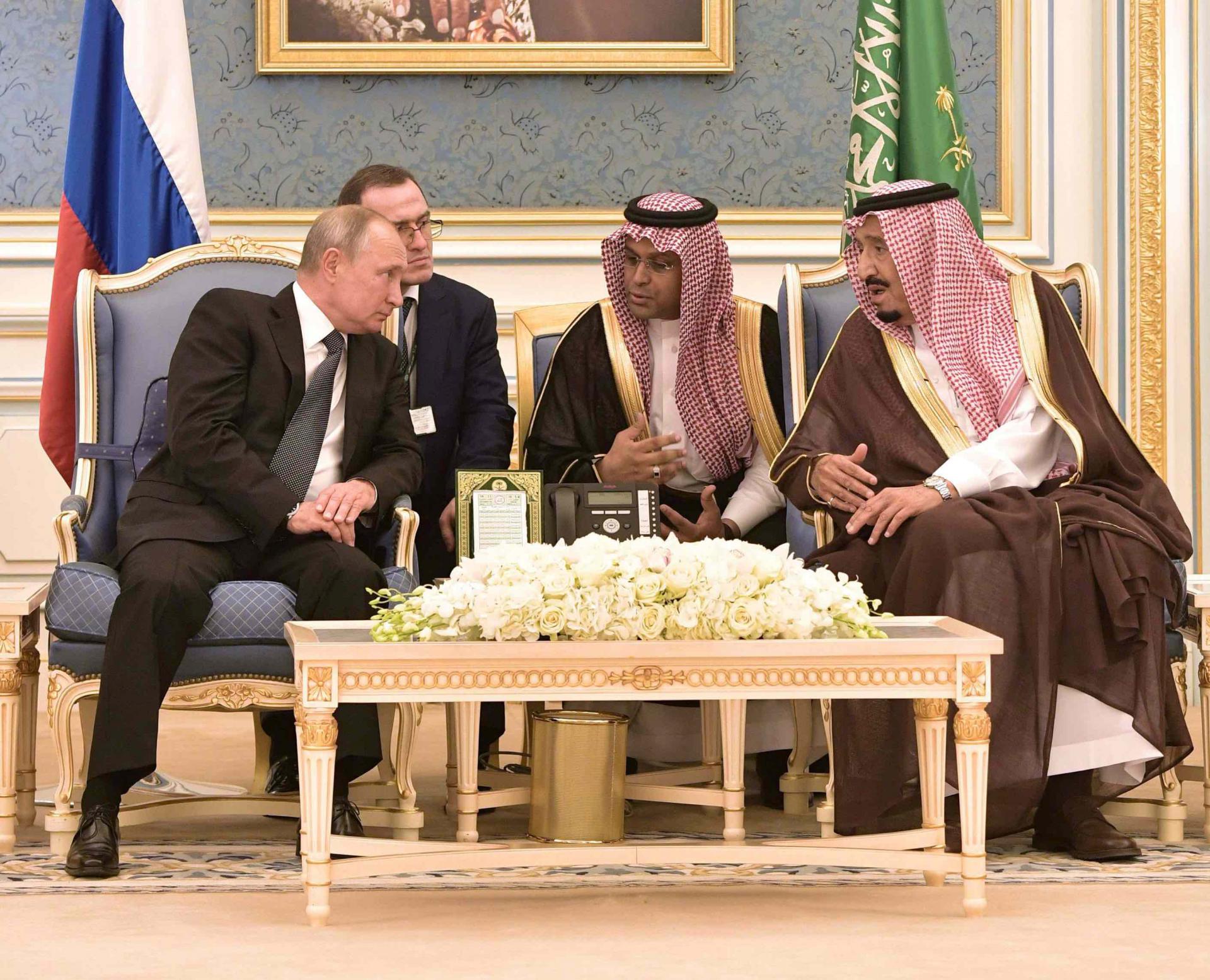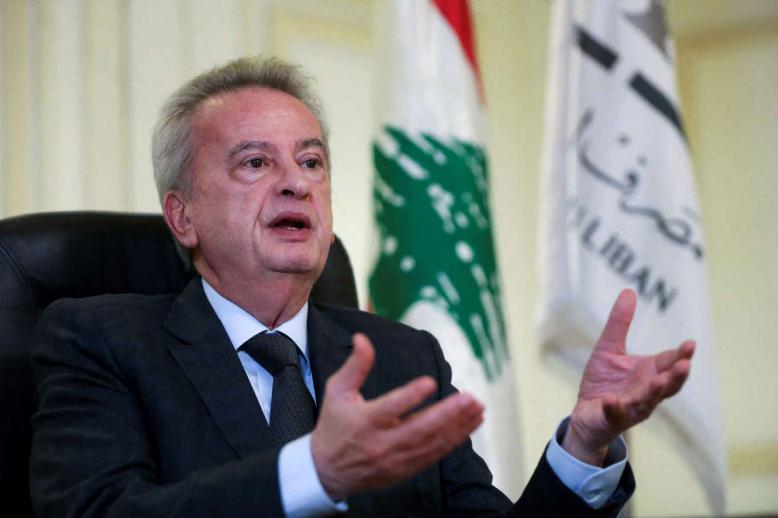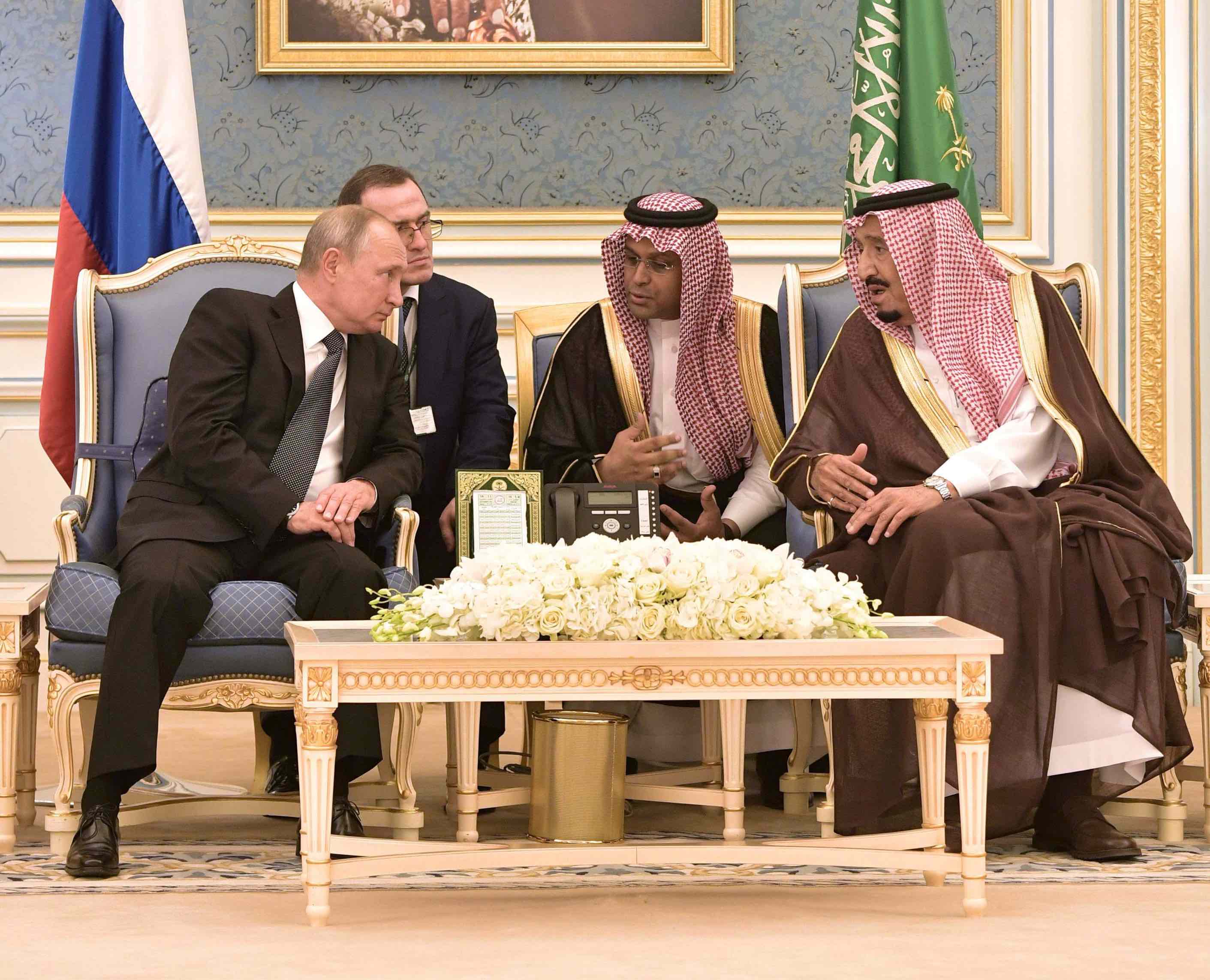Russia strengthens economic ties with Saudi Arabia, UAE`
Russian President Vladimir Putin’s trip to the Arabian Gulf to visit Saudi Arabia and the United Arab Emirates underscores Moscow’s drive to make strategic political and economic gains with two traditional US allies that are also regional powerhouses and fellow oil producers.
Just how far Riyadh leans towards Moscow and away from Washington will probably depend on how much the kingdom can count on Russia’s help with its economic transformation and coordination with global oil supply reductions.
One of the 20-some deals signed during the Russian leader’s October 14 visit to Riyadh was an agreement to guarantee continued cooperation between OPEC and independent oil producers known as OPEC+ — a group of 24 countries led by Saudi Arabia and Russia that has worked over the past two years on production cuts to support crude prices.
Riyadh has borne the greatest output cuts as part of the deal while Moscow has proved inconsistent in its production restraint but the Saudis have needed Russia on board to secure greater cooperation from outside of OPEC.
Saudi King Salman bin Abdulaziz Al Saud and Crown Prince Mohammed bin Salman bin Abdulaziz see the benefit of playing Moscow off against Washington as the kingdom seeks to ensure its security in an increasingly perilous region while trying to garner investment in underdeveloped sectors of its economy.
Saudi Minister of State for Foreign Affairs Adel al-Jubeir downplayed the notion that US-Saudi relations would suffer from enhanced ties between Riyadh and Moscow. “We believe that we can have strategic and strong ties with the United States while we develop our ties with Russia,” he said.
Putin’s warm reception in Riyadh could only have unnerved the Trump administration as likely did the reported billions of dollars’ worth of deals signed between Russian and Saudi entities.
Putin’s stop in Riyadh was ironically reminiscent of how newly elected US President Donald Trump was received when he made the kingdom his first official foreign visit in May 2017. Both the US leader and the Saudi government hyped the value and abundance of US-Saudi deals signed during Trump’s kingdom visit, some of which are yet to be translated into concrete projects.
Following King Salman’s ascension to the throne in January 2015, the Saudi government showed an eagerness to cultivate closer ties with Putin, as exemplified by then Deputy Crown Prince and Defence Minister Mohammed meeting the Russian leader in St. Petersburg in June of that year.
Shortly thereafter, it was announced that the Russian sovereign wealth fund, the Russian Direct Investment Fund (RDIF), and the kingdom’s sovereign wealth fund, the Public Investment Fund (PIF), entered into a partnership to “invest in attractive projects in Russia, in areas including infrastructure and agriculture,” with the PIF contributing $10 billion to the agreement. So far, the Saudis have reportedly anted up around $2.5 billion of that contribution, a sticking point with Moscow.
King Salman made a historic 4-day visit to Moscow in October 2017, which Russian Foreign Minister Sergei Lavrov described as the turning point for Saudi-Russian relations having “reached a new qualitative level.”
Among 15 cooperation deals signed between the two countries then was an agreement for Riyadh to purchase Russian S400 missile defence systems, an agreement that has been in limbo and which Putin publicly reminded the kingdom about following last month’s failure of US-purchased defence systems to protect against attacks on state oil firm Saudi Aramco’s infrastructure. During Putin’s visit to Riyadh, Kremlin spokesman Dimitry Peskov said the Russian president and Saudi officials discussed “military and technical cooperation.”
Prior to accompanying Putin to Riyadh, RDIF CEO Kirill Dmitriev said the Saudi government had committed to signing $2 billion worth of deals with the RDIF involving Saudi investment in Russia’s agricultural and petrochemical sectors. Signalling its intent to pursue Saudi investment opportunities, the RDIF opened an office in Riyadh, its first outside of Russia.
A forum that pulled together 300 Russian and Saudi CEOs was scheduled to coincide with Putin’s visit, during which the Russian leader and the Saudi crown prince participated in the inaugural meeting of the Russia-Saudi Economic Council. The 20-some agreements and contracts signed between Saudi and Russian entities covered aerospace, culture, health, advanced technology and agriculture sectors.
Notably, one deal covered mutual investments in NefteTransService, a large Russian railway operator. The Saudi Arabian General Investment Authority also granted four Russian firms licences to operate in the kingdom.
One of the biggest deals was an agreement between Saudi Aramco, the PIF, the RDIF and Russian state-owned venture capital fund Rusnano for the purchase of Rusnano’s 30.76% share in Novonet, a leading Russian oil services provider. Saudi Aramco signed nine agreements with Russian firms as part of its upstream strategy.
While both countries may be enthusiastic about the plethora of deals that were signed during Putin’s Riyadh visit, Russian-Saudi agreements haven’t always panned out. In May, Saudi Aramco walked away from serious negotiations to participate in Russian gas producer Novatek’s Arctic liquefied natural gas project, reportedly displeased with the deal’s financial terms and concerned about the risk of potential US sanctions. In 2016, Russian oil major, Lukoil, pulled out of Luksar — a joint venture with Saudi Aramco in which it had an 80% stake — citing financial pressures.
Jareer Elass is a Washington-based energy analyst, with 25 years of industry experience and a particular focus on the Arabian Gulf producers and OPEC.
This article was originally published in The Arab Weekly.







